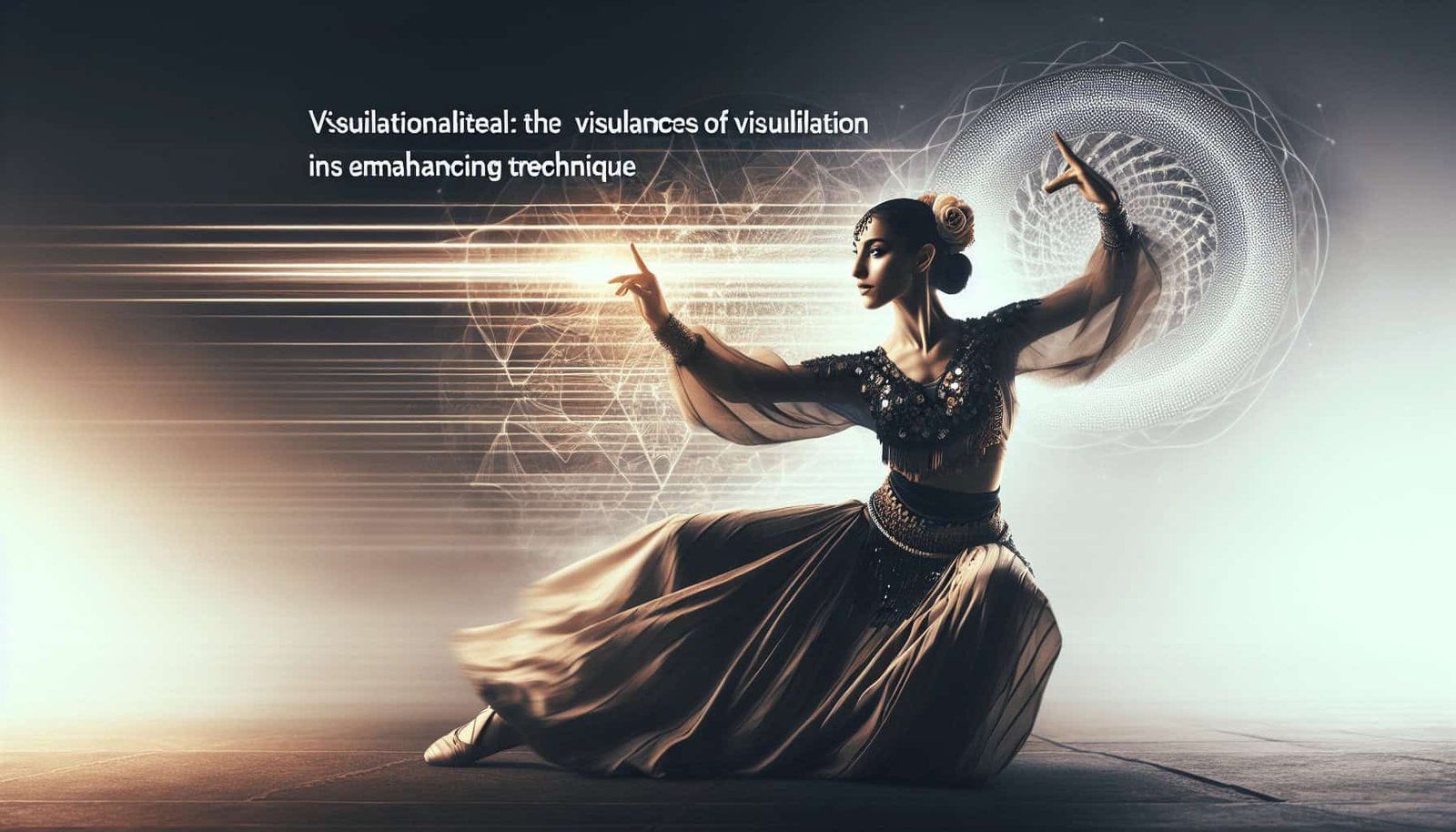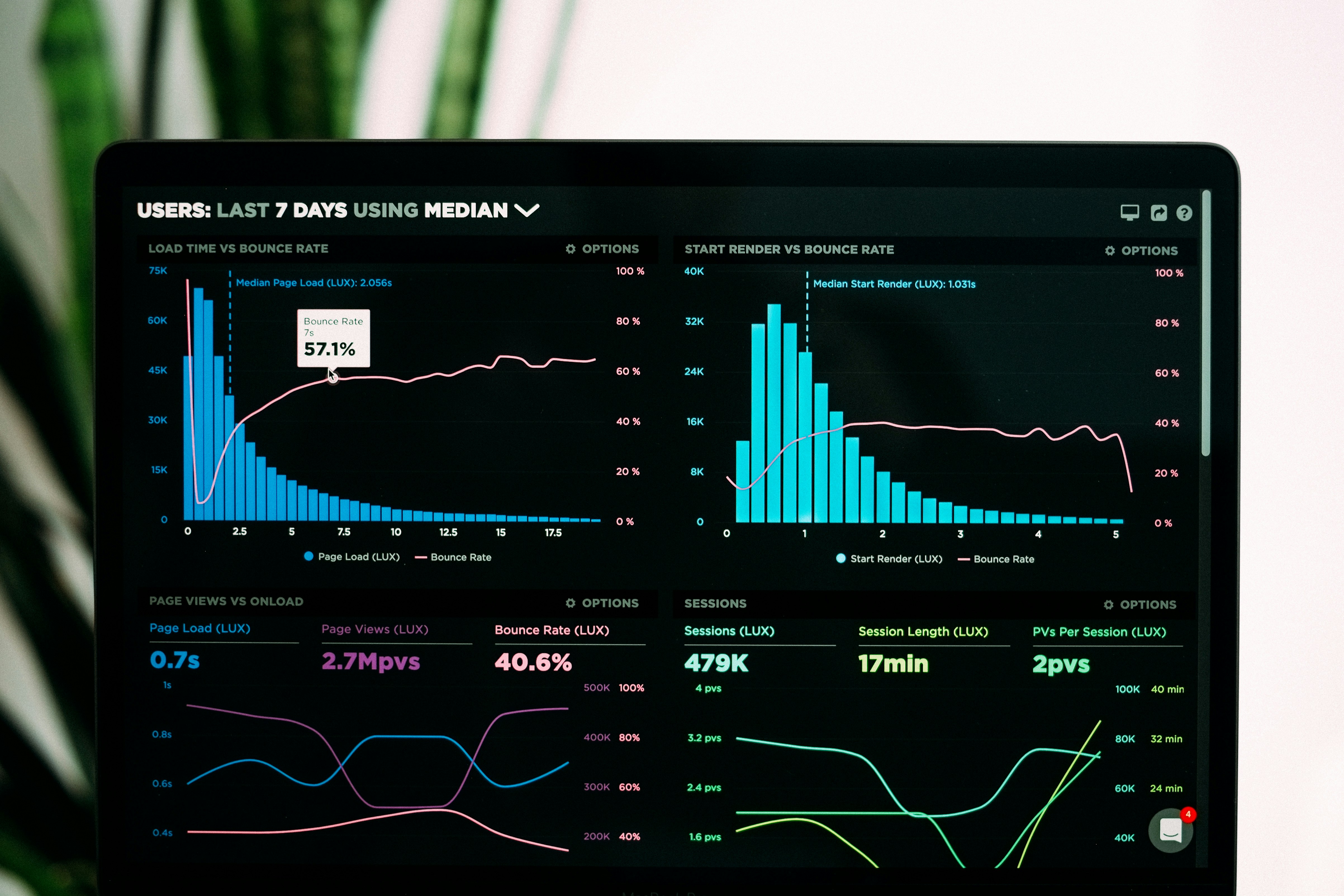Have you ever wondered how visualization can enhance your performance? In this article, we will explore the concept of visualization and its profound impact on improving techniques. Whether you are an athlete, musician, or even a public speaker, visualization can provide you with a powerful tool to enhance your skills and reach new heights of success. So, grab a cup of tea and get ready to discover the fascinating world of visualization and its role in honing your technique.
What is visualization?
Definition of visualization
Visualization is a powerful mental technique that involves creating vivid and detailed mental images to simulate real-life experiences. It is a process where one uses their imagination to create a mental picture of a desired outcome, whether it be in sports, performing arts, or skill-based activities.
Importance of visualization
Visualization plays an essential role in improving technique by enhancing mental focus, building muscle memory, and increasing motivation and confidence. It is a tool that helps individuals mentally rehearse successful performance strategies, overcome obstacles, and develop a strong belief in their abilities. The benefits of visualization extend beyond just physical practice and can make a significant impact on an individual’s overall performance.
The role of visualization in improving technique
Enhancing mental focus
Visualization helps individuals enhance their mental focus by allowing them to mentally engage with their desired outcome. By vividly picturing themselves successfully executing a technique or skill, they can create a heightened sense of concentration and attention to detail. This enhanced mental focus can lead to more precise and controlled movements during the actual performance.
Building muscle memory
Visualization also plays a crucial role in building muscle memory, which is essential in activities that require repetitive movements. When individuals mentally rehearse a specific technique or skill, their brain sends signals to the muscles involved, reinforcing neural pathways. This process helps improve muscle coordination and automaticity, making movements more fluid and efficient.
Increasing motivation and confidence
Visualization can significantly increase an individual’s motivation and confidence. By creating mental images of successful performances, individuals can envision themselves achieving their goals, which boosts their motivation to work hard and overcome challenges. Additionally, regularly visualizing success helps build confidence by instilling a strong belief in one’s abilities and capabilities.
Evidence supporting visualization
Scientific studies on visualization
Scientific studies have consistently demonstrated the effectiveness of visualization in improving technique. Research conducted by sports psychologists and neuroscientists has shown that visualizing an action activates the same brain regions as physically performing that action. For example, a study published in the Journal of Sport & Exercise Psychology showed that basketball players who visualized shooting free throws improved their performance compared to those who did not engage in visualization exercises.
Testimonials from athletes and performers
Apart from scientific studies, numerous athletes and performers have attested to the power of visualization in enhancing their technique. Professional golfers like Tiger Woods, for instance, have incorporated visualization into their training routines and credit it for their success. Famous musicians like pianist Lang Lang have also highlighted the role of visualization in perfecting complex musical passages. These testimonials from successful individuals further emphasize the efficacy of visualization in improving technique.
Techniques and methods of visualization
Creating a mental image
To effectively visualize, it is important to create a detailed and realistic mental image of the desired outcome. Start by closing your eyes and picturing yourself in a specific scenario. Pay close attention to the environment, the people around you, and the details of your movements. The more vivid and realistic the mental image, the more effective the visualization exercise will be.
Utilizing all senses
Engaging all the senses in visualization can enhance the experience and make it more immersive. Besides visually picturing the desired outcome, try to incorporate other sensory details such as the sound of applause or cheers, the smell of the environment, or the physical sensations associated with the activity. By involving all the senses, the visualization becomes more powerful and realistic.
Practicing visualization regularly
Consistency is key when it comes to visualization. Make it a habit to incorporate visualization exercises into your daily routine. Set aside dedicated time, preferably in a quiet and calm environment, to perform these visualizations. Regular practice will help reinforce neural pathways and increase the effectiveness of visualization in improving technique.
Visualization in sports performance
Visualizing successful techniques and outcomes
In sports, visualization can be used to mentally rehearse successful techniques and outcomes. Athletes can create mental images of executing the perfect swing in golf, acing a serve in tennis, or scoring a goal in soccer. By repeatedly visualizing these successful performances, athletes can improve their technique, increase their confidence, and enhance their chances of success during actual competition.
Imagining overcoming obstacles
Visualization is not only about picturing success but also about preparing for and overcoming obstacles. Athletes can mentally rehearse encounters with challenging opponents, unexpected situations, or performance anxiety. By envisioning themselves overcoming these obstacles with grace and composure, athletes can build the resilience and mental fortitude needed to face real-life challenges.
Rehearsing game plans mentally
Visualization is a valuable tool for rehearsing game plans and strategies. Athletes can mentally walk through their game plan, envisioning different scenarios, and making split-second decisions. By mentally preparing for various situations, athletes can improve their decision-making skills, increase their adaptability, and improve their overall sports performance.
Visualization in performing arts
Mental rehearsal of performances
Visualization is widely utilized in the performing arts to mentally rehearse performances. Musicians, dancers, and actors can imagine themselves flawlessly executing their repertoire, remembering all the choreography or lines, and connecting with the audience. This mental rehearsal helps performers internalize their routines, improve their timing and coordination, and deliver a captivating and polished performance.
Visualizing stage presence and audience interaction
Just as athletes visualize successful performances, performers can visualize their stage presence and interaction with the audience. This includes imagining positive audience reactions, feeling confident and charismatic on stage, and effectively engaging with the audience. By visualizing these aspects, performers can enhance their stage presence, connect better with the audience, and leave a lasting impression.
Managing stage fright through visualization
Stage fright is a common challenge faced by performers. Visualization can be used as a powerful tool to manage stage fright and anxiety. By visualizing oneself being calm, composed, and confident on stage, performers can reduce performance anxiety and increase their ability to perform at their best. Regular visualization exercises can help develop a positive mental state, enabling performers to channel nervous energy into a captivating and memorable performance.
Visualization in skill-based activities
Applying visualization in learning new skills
Visualization can greatly aid in learning new skills. By visualizing oneself successfully performing the desired skill, individuals can familiarize themselves with the correct technique and mentally practice the motions. This visualization process helps in creating a mental blueprint that guides physical practice and accelerates skill acquisition.
Enhancing technique and precision through mental imagery
In skill-based activities where precision is crucial, such as archery or artistic gymnastics, visualization can greatly enhance technique. By precisely visualizing each movement, posture, and muscle engagement, individuals can improve their control and precision during physical practice. Visualization allows for fine-tuning body mechanics, leading to improved performance and mastery of the skill.
Combining visualization with physical practice
How visualization complements physical training
Visualization is most effective when combined with physical practice. By engaging in mental imagery during various stages of physical training, individuals can reinforce neural pathways and improve the integration of mind and body. Visualization can be used to mentally prepare for a training session, review and analyze past performances, or recover from an injury. The combination of visualization and physical practice enhances learning and performance outcomes.
Incorporating visualization into workout routines
Visualization is not limited to sports or performing arts but can also be applied in fitness training. Athletes and individuals working out can mentally imagine themselves completing each exercise with proper form, feeling the burn of the muscles, and pushing through challenging sets. Incorporating visualization into workout routines can boost motivation, improve muscle activation, and increase endurance, leading to more effective and rewarding workouts.

Overcoming challenges in visualization
Dealing with distractions and negative thoughts
When practicing visualization, distractions and negative thoughts can arise and hinder the effectiveness of the exercise. To overcome these challenges, it is important to create a calm and focused environment free from distractions. Techniques such as deep breathing, meditation, or listening to relaxing music can help calm the mind and enhance concentration. Additionally, practicing positive self-talk and using affirmations can counteract negative thoughts, allowing for a more productive visualization experience.
Developing concentration and focus in visualization exercises
Concentration and focus are vital for effective visualization. Just as physical training improves physical strength, regular practice of visualization exercises can enhance mental stamina and focus. Start with shorter visualization sessions and gradually increase the duration as concentration improves. Practicing mindfulness and meditation outside of visualization exercises can also contribute to developing a stronger ability to concentrate and focus.
Maximizing the benefits of visualization
Setting clear goals for visualization
To maximize the benefits of visualization, it is essential to set clear and specific goals. Identify the areas or techniques you want to improve and design visualization exercises that revolve around those goals. Visualize yourself achieving these goals with precision and detail, addressing any challenges or obstacles that may arise. Clear goals provide a roadmap for visualization exercises and increase the likelihood of improvement in technique.
Measuring progress and improvement through visualization
Regularly assessing progress and improvement is crucial in any training regimen, including visualization. Keep a record of performance metrics or subjective assessments before and after visualization exercises. This can include factors such as increased consistency, improved execution of techniques, or enhanced confidence. Actively monitoring progress and improvement will help maintain motivation and make necessary adjustments to visualization routines if needed.
In conclusion, visualization serves as a powerful technique to enhance technique in various domains, including sports, performing arts, and skill-based activities. By engaging in mental imagery, individuals can improve their focus, build muscle memory, increase motivation and confidence, and overcome challenges. Scientific studies and testimonials from successful individuals provide compelling evidence of the effectiveness of visualization. Techniques such as creating a vivid mental image, utilizing all senses, and practicing visualization regularly optimize its impact. Combining visualization with physical practice further enhances learning and performance outcomes. By overcoming challenges, setting clear goals, and measuring progress, individuals can maximize the benefits of visualization and unlock their potential for improved technique.




